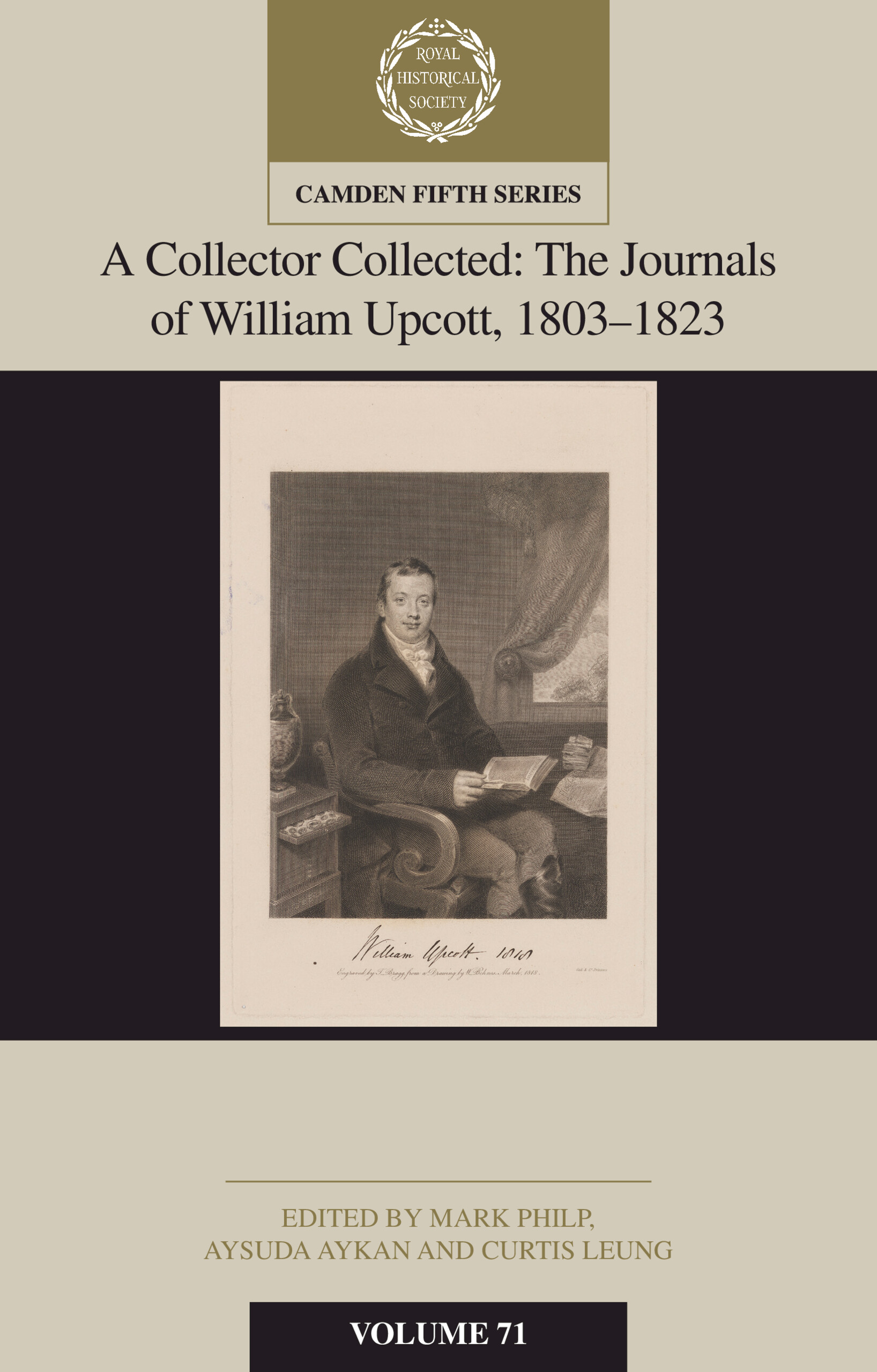Volume II of British Envoys to the Kaiserreich comprises a selection of official reports on Germany and Anglo-German relations sent to the Foreign Office from the diplomatic missions in Berlin, Darmstadt, Dresden, Stuttgart, and Munich between 1884 and 1897. All originals are held in the National Archives, Kew.Footnote 1 As in the preceding volume, the selection is based on the quality, originality of perspective, and informative value of the dispatches as well as on a balance between the individual missions. While not aiming to present a representative selection of letters from each mission, the edition is intended to cover the major developments of the period 1884 to 1897 and present as multifaceted a picture of British perceptions of Germany as possible.
The dispatches are ordered chronologically for each mission. This also applies to dispatches marked ‘Africa’, and filed in separate volumes of the FO 64 series (Berlin), and dispatches marked ‘Treaty’ which can be found either in separate sections of the ‘diplomatic’ volumes, or in separate volumes of the individual missions. After the amalgamation of the missions in Munich and Stuttgart, in May 1890, dispatches on Württemberg were mostly sent from Munich and are filed both in the FO 82 (Württemberg) and FO 9 (Bavaria) series. In this volume they are all printed in the Stuttgart section.
Each dispatch is provided with a standardized heading giving archive class mark (e.g. FO 68/179 = Foreign Office, general correspondence Saxony, volume 179), author, addressee, number of dispatch, place, and date of origin, and, in squared brackets, further information which has been taken from the dockets (found on the reverse side of the letters). This usually comprises the date the dispatch was received at the Foreign Office, the name of the messenger, the distribution list (government departments, individuals, other legations), recipients’ initials, initials of Foreign Office clerks, the permanent under-secretary, and, lastly, the initial of the incumbent secretary of state for foreign affairs. As far as possible, in-house acronyms have also been retained including ‘Qy’, meaning ‘Query’, i.e. refer to relevant department, minister, or other authority; ‘X’, which, in the Western Department of the Foreign Office, had multiple meanings including (specifically for the dockets) ‘put by’; ‘UFS’ which stood for ‘under flying seal’, i.e. senior diplomats were authorized to open dispatches sent via their legation before forwarding them on to their final destination.
Each dispatch is preceded by a brief summary in italic, composed on the basis of the original dockets. The transcribed reports are printed in their entirety in order to maintain the authenticity of the sources, although the standardized salutation and concluding formula are omitted. Enclosures to the original dispatches, which can be voluminous, are not reproduced, but listed in footnotes.
With the exception of ‘ß’ (which has been transcribed as ‘ss’), the orthography (including capitalization and abbreviations), punctuation (including dashes, hyphens, apostrophes, mixed use of single and double quotation marks, and the usage of ‘it's’ as a possessive pronoun instead of ‘its’), emphases (underlining), and superscript of the original are retained. Notes made in the margins of dispatches by recipients are transcribed in square brackets. Errors or deviations in the original which might be mistaken for mistranscriptions are marked ‘[sic]’. Placeholders, line breaks or pagination are not considered.
Annotations to the dispatches, in the form of brief footnotes, aim to provide the information required for an understanding of the document which does not become apparent from the document itself. German, French, and Latin expressions and terms are all translated. Treaties, legislation, and publications mentioned in the reports are specified in the footnotes, and explained where necessary. In many cases, reference is made to other annotations and documents in this volume. All individuals mentioned are identified, as far as possible, and listed with brief biographies in the annotated index of names.Footnote 2
A subject index, including place names, completes the volume. A combined subject and biographical index of the series (also including the volumes of British Envoys to Germany, 1816–1866) is available online at https://www.ghil.ac.uk/envoys.html.


